As the United States, Russia and others figure out how to maintain and enhance strategic stability in a multi-player, multi-domain world, Washington and Moscow will continue to have a central role, writes Steven Pifer. This article was first published by the Valdai Discussion Club.
The Biden administration sees arms control as a tool that can advance security and stability. It will seek to engage Russia on further nuclear arms reductions and other measures. Arms control in the 2020s will reflect continuity with earlier efforts—nuclear arms reductions will remain a bilateral matter between Washington and Moscow—but also contain new elements. That reflects the fact that strategic stability has become a more complex concept.
Start with Strategic Stability
Donald Trump was the first American president in 50 years to reach no agreement in the area of nuclear weapons. President Biden sees arms control as an important policy tool. On his first full day in office, he agreed to extend the 2010 New Strategic Arms Reduction Treaty (New START) for five years. His administration plans to do more. On February 3, Secretary of State Blinken said Washington would “pursue with the Russian Federation, in consultation with Congress and US allies and partners, arms control that addresses all of its nuclear weapons.”
This will not happen immediately. The administration needs to get its team in place. It will conduct a review of US programs and doctrine, which may be broader than the nuclear posture reviews conducted by past administrations.
The first serious US-Russian engagement on nuclear arms issues will likely occur in strategic stability talks. The classic definition of strategic stability is a situation in which neither side has an incentive, in a severe crisis or conventional conflict, to use nuclear weapons first. For five decades beginning in the 1960s, strategic stability was based largely on comparing US and Soviet strategic offensive nuclear forces. If each side had the ability, even after absorbing a massive first strike, to retaliate with devastating consequences, neither had an incentive to use nuclear weapons.
Today’s strategic stability model is more complex. Instead of a two-player model based just on strategic nuclear forces, today’s is multi-player and multi-domain. Third-country nuclear forces such as China need to be factored in. In addition to nuclear weapons, the model should take account of missile defense, precision-guided conventional strike, space and cyber developments.
US-Russian strategic stability talks should address all these factors. They should also address doctrine. Case in point: escalate-to-deescalate. Most Russian experts assert that this never became official Russian doctrine. However, the Pentagon believes it has, and that influenced the 2018 US nuclear posture review. At the least, each side appears to believe that the other has lowered the threshold for using nuclear weapons. That should leave no one comfortable.
Nuclear Arms
Formal nuclear arms negotiations will, for the foreseeable future, remain a bilateral US-Russian matter. That is due to the disparity in numbers. According to the Federation of American Scientists, the United States has about 3,600 nuclear warheads in its active stockpile, while Russia has about 4,300. No third country has more than about 300.
The Trump administration tried to bring China into a US-Russia negotiation, but it never articulated a plan for doing so. That is no surprise. Washington and Moscow would not agree to reduce to China’s level, nor would they agree to legitimize a Chinese build-up to their levels, and China would not accept unequal limits.
New START caps the United States and Russia each at no more than 700 deployed intercontinental ballistic missiles (ICBMs), submarine-launched ballistic missiles (SLBMs) and nuclear-capable bombers and no more that 1,550 deployed strategic warheads. Those limits will remain in force until February 2026.
However, New START’s limits do not cover 60-65 percent of the active nuclear stockpiles of the two countries. Reserve (or non-deployed) strategic nuclear warheads, and non-strategic nuclear warheads—whether deployed or non-deployed—are unconstrained.
After the Cold War, the United States dramatically reduced its non-strategic nuclear weapons, eliminating all sea-based and land-based systems. Today, the only US non-strategic nuclear weapon is the B61 gravity bomb. Russia, on the other hand, maintains a large number and variety of non-strategic nuclear warheads—close to 2,000 for land-, sea- and air-based delivery as well as for defensive systems. This raises concern that Russia might be postured to use such weapons in a conflict.
The US military maintains more reserve strategic warheads. This reflects a desire to hedge against technical surprises or adverse geopolitical developments. The US military has implemented New START reductions in a manner that would allow it, should the treaty collapse, to add or “upload” warheads on ICBMs and SLBMs that now carry fewer than their capacity. As Russia modernizes its strategic ballistic missiles, it also is expanding its upload capacity.
The logical next step for the United States and Russia would entail negotiation of an agreement with an aggregate limit covering all their nuclear warheads. (Retired but not yet dismantled warheads could be dealt with separately.) An aggregate limit could offset reductions in Russia’s numerical advantage in non-strategic nuclear warheads with reductions in the US numerical advantage in non-deployed strategic warheads.
For a notional agreement, assume an aggregate limit of no more than 2,500 total nuclear warheads. Within that aggregate, there could be a sublimit of no more than 1,000 deployed strategic warheads on deployed ICBMs, SLBMs and any new kinds of strategic systems with deployed warheads—the weapons most readily launched. This approach would treat bomber weapons as non-deployed, since they are not maintained on board aircraft. Ideally, all nuclear weapons other than those on deployed strategic delivery systems would be kept in storage. A new agreement could also lower the New START limits on deployed delivery systems and deployed and non-deployed launchers.
This would be ambitious. That said, it would leave each nuclear superpower with eight times as many nuclear weapons as any third country. Even if the agreement did not entail such dramatic reductions, the structure would, for the first time, capture all US and Russian nuclear warheads.
Such an agreement could enable the United States and Russia to begin to deal with third-country nuclear weapons states, and here is where nuclear arms control in the 2020s might get into new territory. Washington and Moscow could ask China, Britain and France to undertake unilateral commitments not to increase their nuclear weapon numbers as long as the United States and Russia were reducing theirs and agree to limited transparency measures to provide confidence that they were abiding by those commitments.
This US-Russian agreement would require new verification measures to monitor numbers of nuclear weapons in storage. That likely will make both sides’ militaries uncomfortable. But both have adjusted to uncomfortable monitoring measures in the past.
Some arms control experts assess that an agreement limiting all nuclear weapons, particularly non-strategic nuclear arms, is too ambitious and have suggested alternative approaches. One would expand New START’s limits to capture systems such as intercontinental ground-launched boost-glide missiles and nuclear-powered torpedoes, ban other new kinds of strategic systems, and reduce the ratio of deployed strategic warheads to deployed strategic delivery systems, but would not attempt to constrain non-strategic nuclear weapons.
Another alternative would require that non-strategic nuclear weapons be relocated away from bases with associated delivery systems to a small number of storage sites, with monitoring activities designed to verify the absence of nuclear weapons at the bases housing delivery systems, not at confirming or monitoring the number of weapons in storage. While originally suggested for Europe only, it could be broadened to apply on a global basis.
A third alternative would simply seek to lower New START’s limits. Hopefully, however, the US and Russian governments will demonstrate greater ambition.
Other Possible Issues on the US-Russia Agenda
Arms control may enter new territory in the 2020s on issues and types of weapons that, while not nuclear arms, still affect strategic stability. They could be discussed in US-Russian strategic stability talks. If a mandate were agreed, they could be spun off into separate negotiations.
One set of issues concerns missile defense. The US ground-based mid-course defense (GMD) system is designed to defend against rogue states, such as North Korea, not against a Russian or Chinese ballistic missile attack. Russian officials in the past have nevertheless indicated an interest in constraining missile defenses. Whether they will insist on negotiating on missile defense in connection with a next round of nuclear arms negotiations remains to be seen.
US missile defenses now and for the foreseeable future pose no serious threat to Russian strategic ballistic missiles, a point Russian officials sometimes appear to acknowledge. (China, with a much smaller strategic force, has greater grounds for concern, though the performance of GMD system has not been particularly good.) On the other hand, it would not seem difficult to craft an agreement covering strategic missile defenses such as the GMD system and Moscow missile defense system that would apply constraints but still leave the United States room for capabilities to defend against a North Korean ICBM attack. What would prove difficult would be the Washington politics, where Republicans oppose any limits on missile defense.
Another issue is precision-guided conventional strike weapons. In some cases, these can fulfill missions that previously required nuclear weapons. Air- and sea-launched cruise missiles have been in the US inventory for decades and now in the Russian inventory. Both sides are developing hypersonic weapons. With the demise of the 1987 Intermediate-range Nuclear Forces Treaty, there is the 9M729 ground-launched cruise missile and likely other future intermediate-range missiles. It would be difficult to devise an arrangement that constrained all such weapons, but US and Russian officials might consider whether a subset poses a particular threat to strategic stability and should be subject to negotiation.
One possibility would seek to ban nuclear-armed intermediate-range missiles. Another possibility, though it has drawbacks, would build on the Russian idea for a moratorium on the deployment of intermediate-range missiles in Europe, provided that it would mean relocation of 9M729 missile systems out of Europe.
Operations in space—used for early warning, command, control and communications and other purposes—also can affect strategic stability. A broad agreement banning the militarization of space is difficult to envisage. However, US and Russian officials might explore more limited measures, such as keep-out zones around certain declared satellites, a ban on anti-satellite tests that generate orbital debris and a ban on emplacing weapons in space designed to strike targets on the Earth.
As for the cyber domain, traditional arms control measures appear ill-suited. Washington and Moscow might pledge not to interfere in the other side’s nuclear command, control and communication systems, but neither could be certain the pledge was being observed.
In contrast to nuclear arms reductions, which will remain a US-Russia issue in the 2020s, some related issues might be considered on a broader basis. For example, China increasingly appears a peer competitor with the United States and Russia in space operations. Moreover, China has many intermediate-range missiles. It remains in the US interest to engage China in strategic stability talks. At some point, trilateral or multilateral discussions might be appropriate.
The agenda for nuclear arms control and related issues in the 2020s is a broad one. As the United States, Russia and others figure out how to maintain and enhance strategic stability in a multi-player, multi-domain world, Washington and Moscow will continue to have a central role. There is much that could be done to enhance stability and strengthen global security. Washington and Moscow will have to overcome the mistrust created by violations of earlier arms control agreements and take an innovative approach, even if certain problems prove insoluble, at least in the near term. But they have an opportunity, and an obligation, to try.
The Brookings Institution is committed to quality, independence, and impact.
We are supported by a diverse array of funders. In line with our values and policies, each Brookings publication represents the sole views of its author(s).

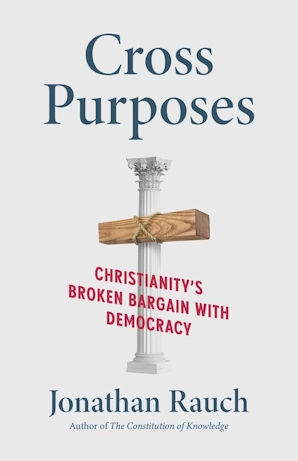
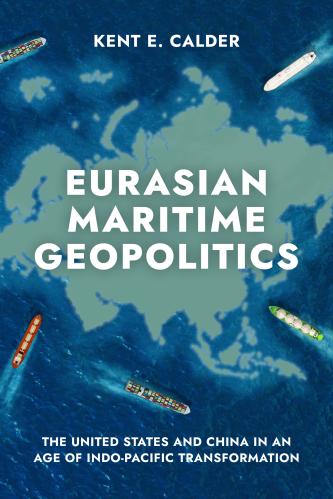
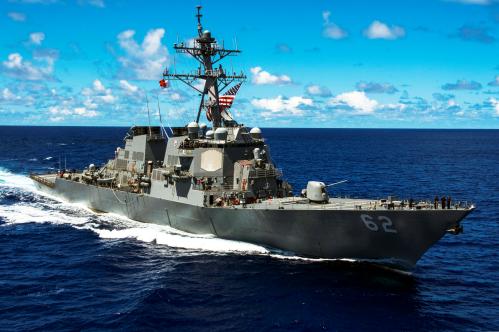
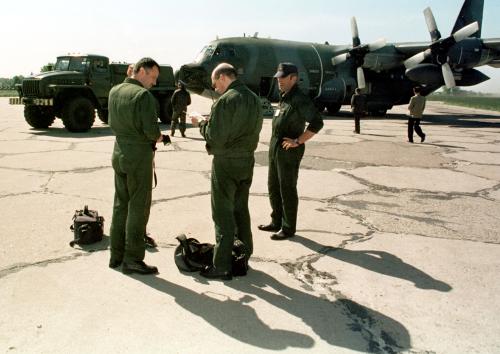
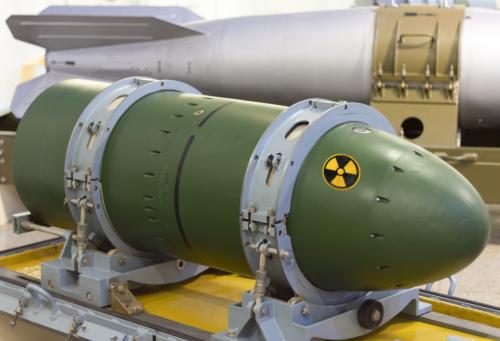

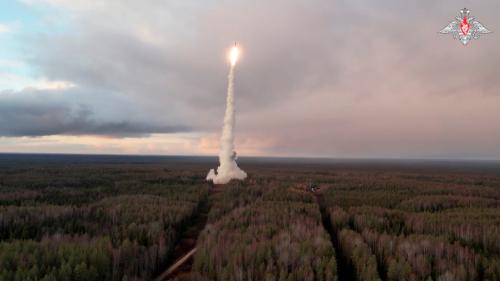
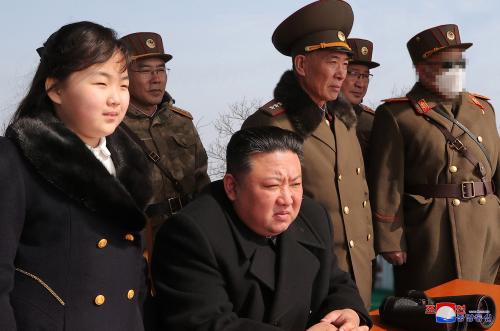
Commentary
Nuclear arms control in the 2020s
Key issues for the US and Russia
April 8, 2021